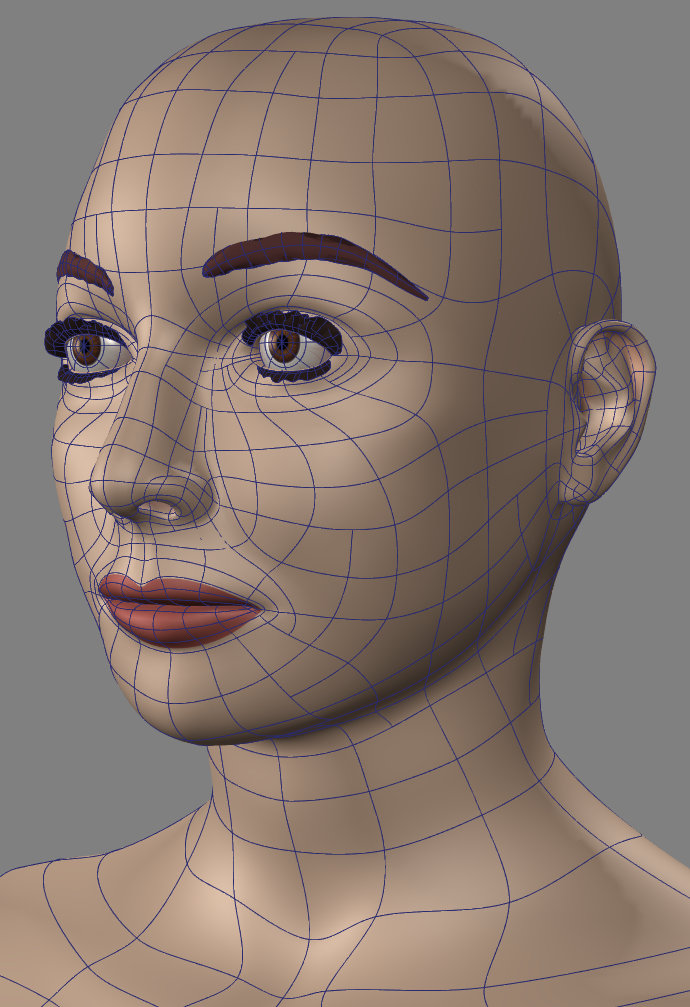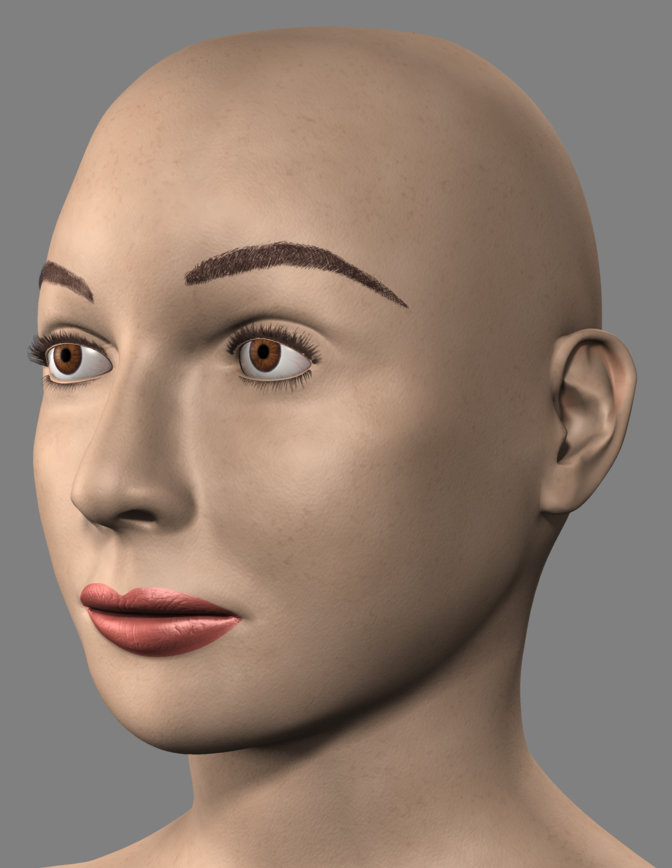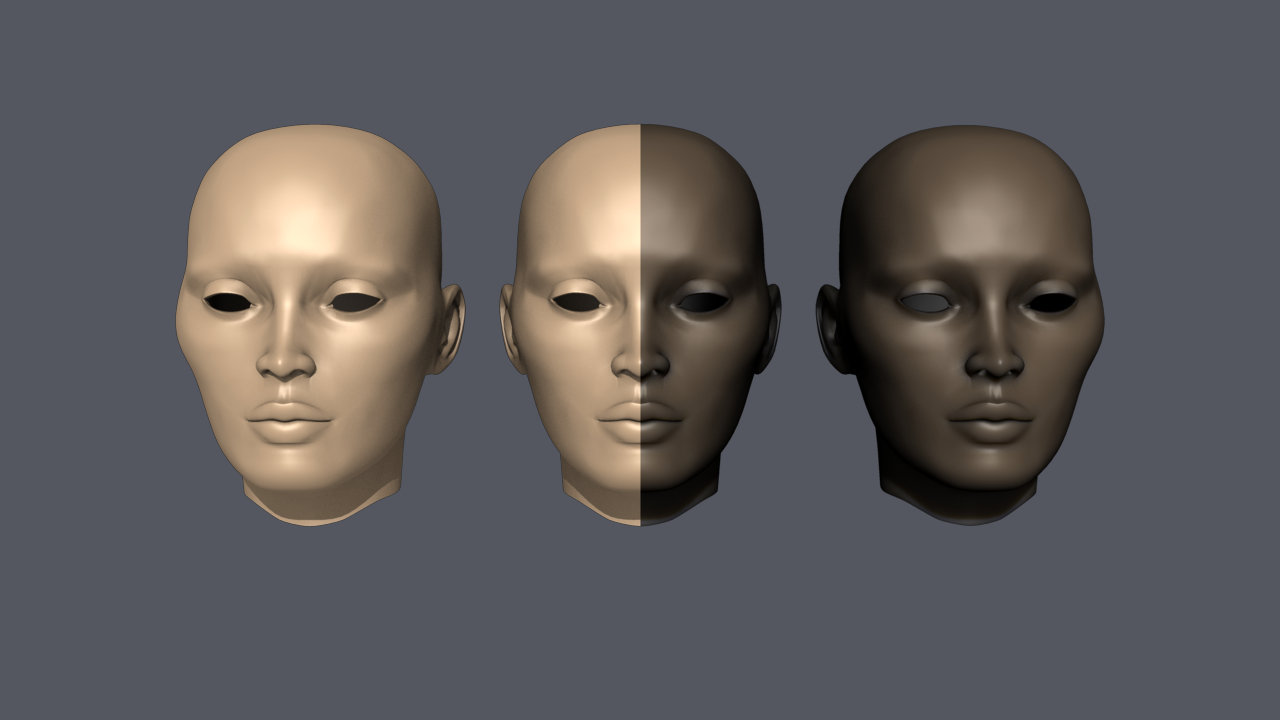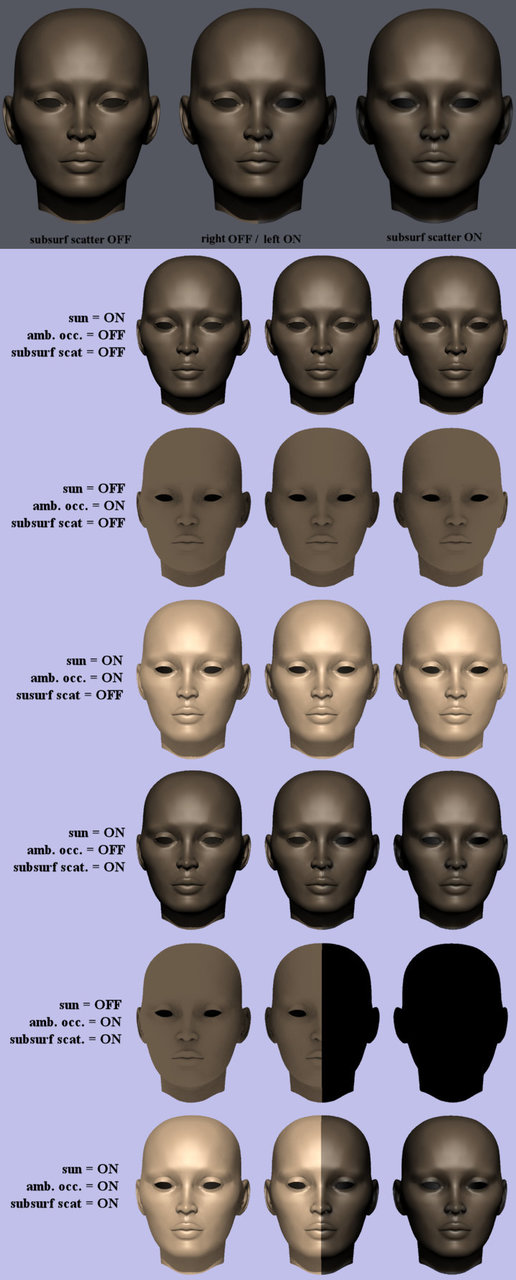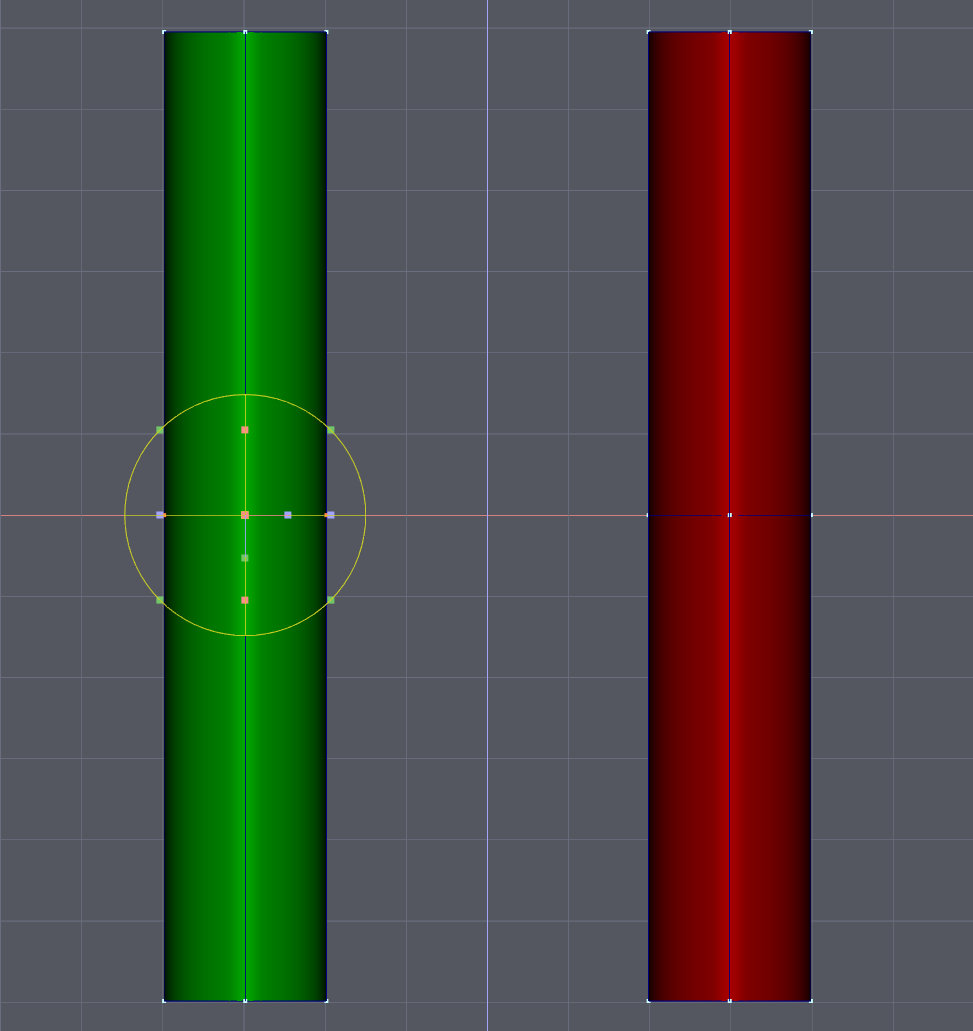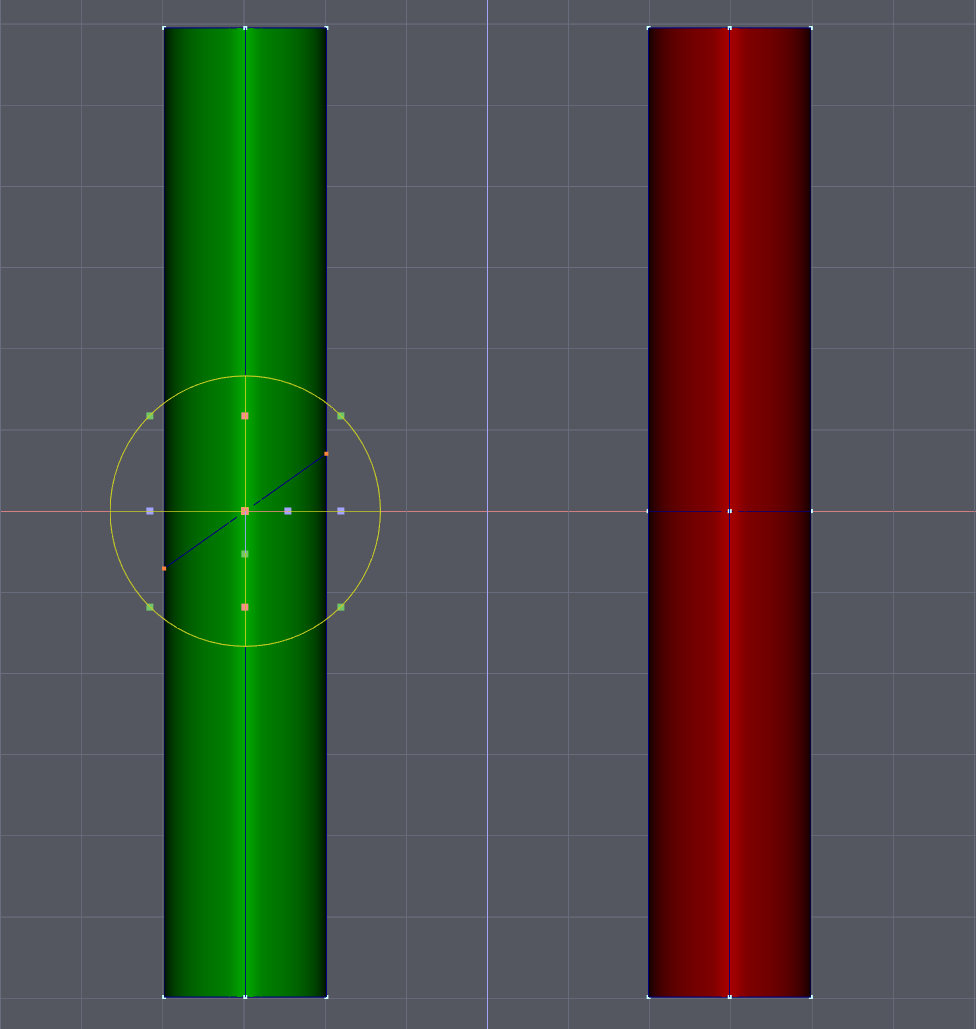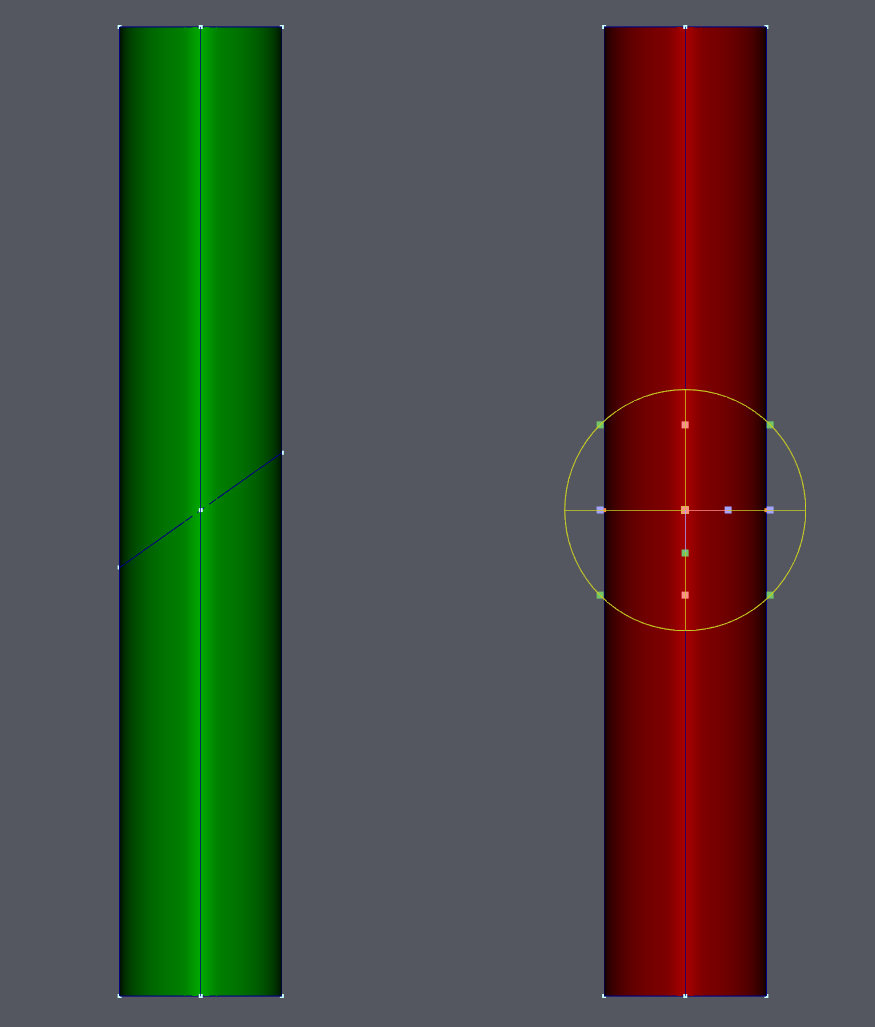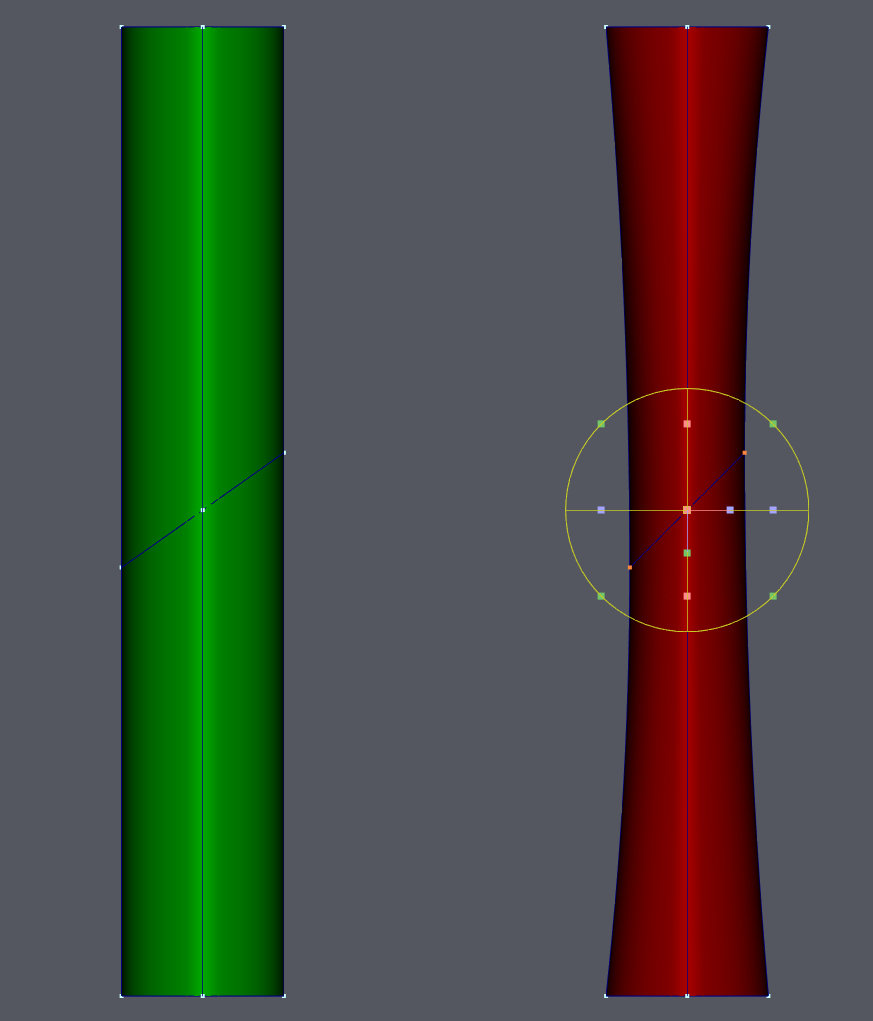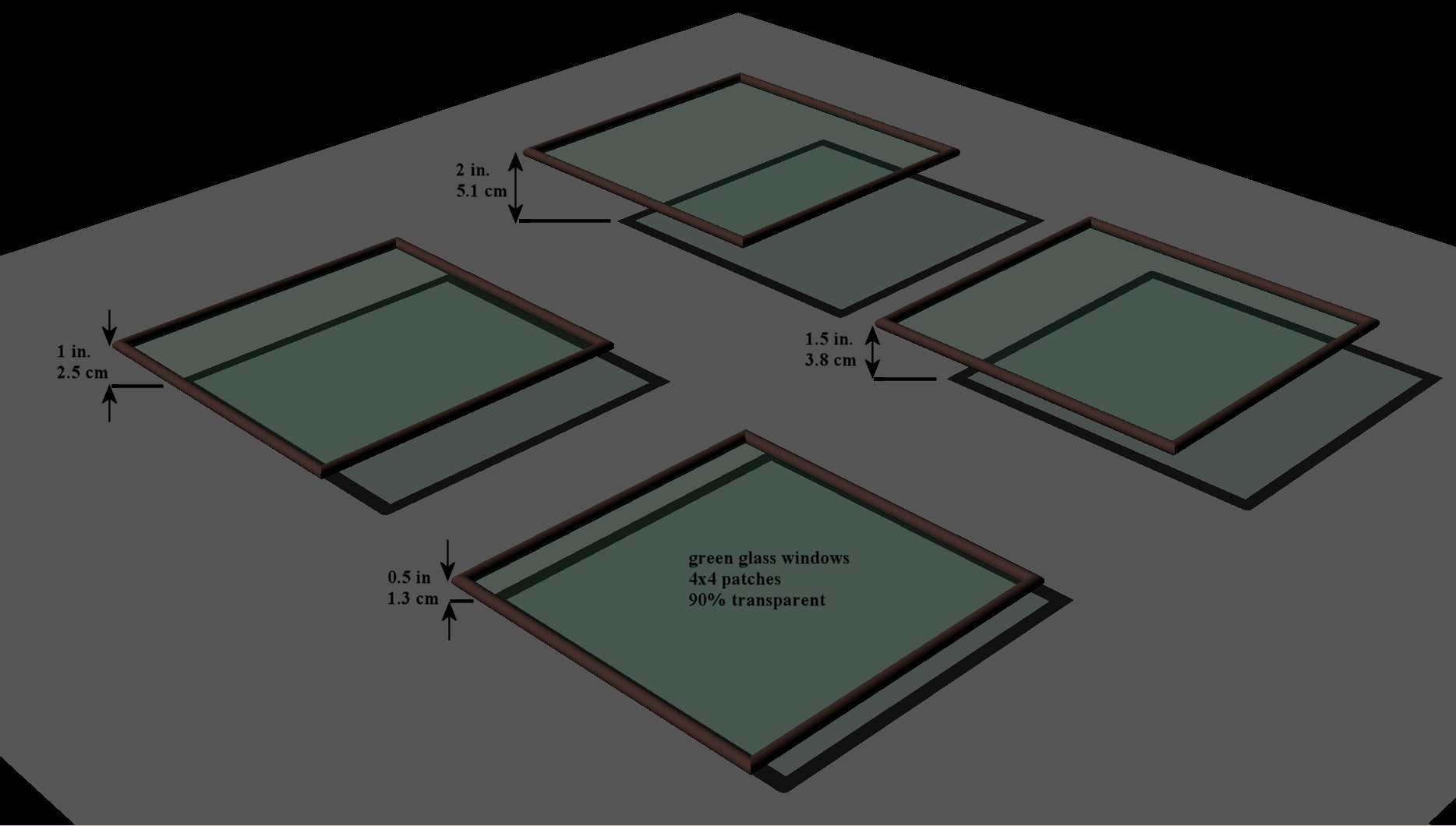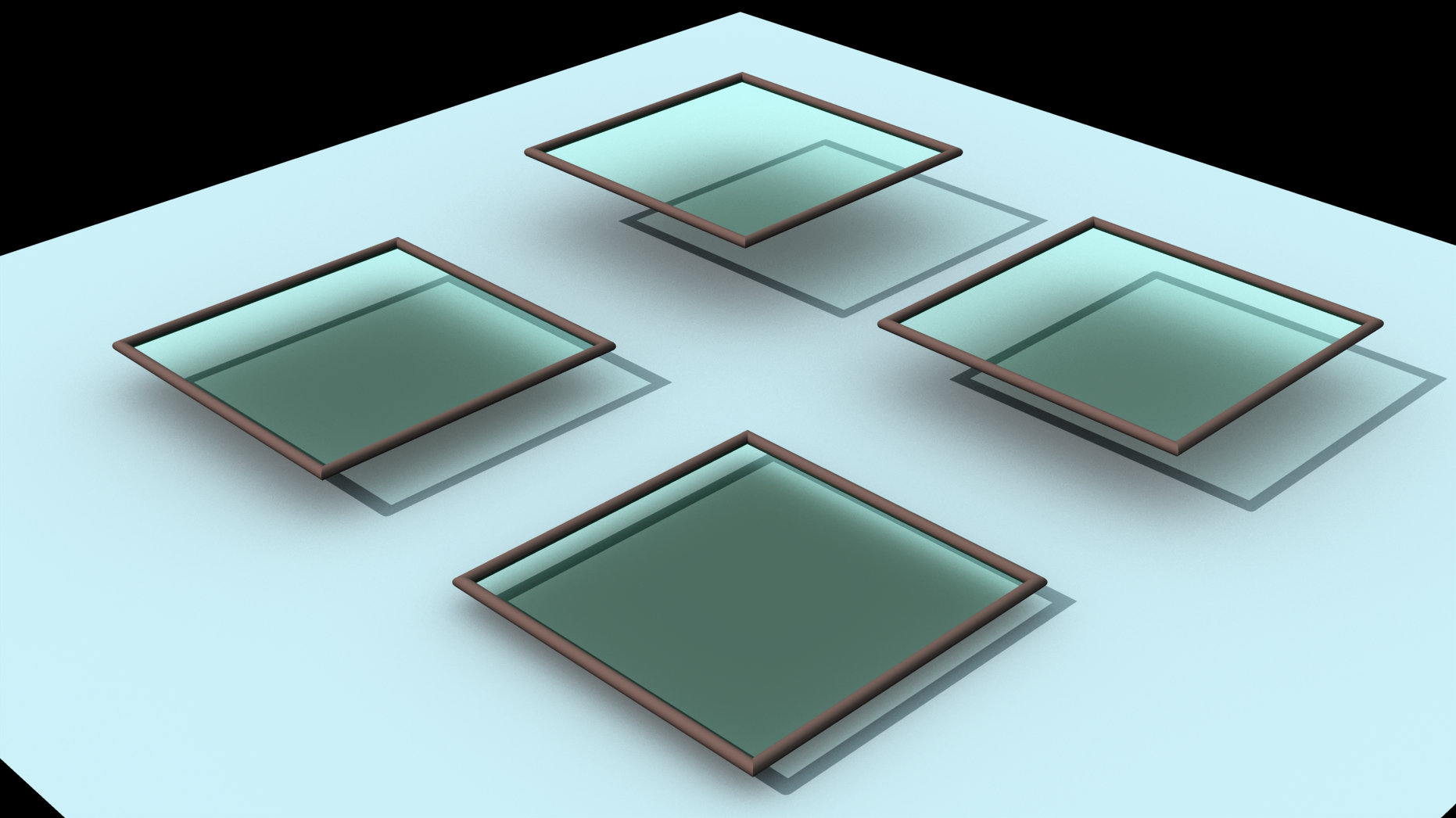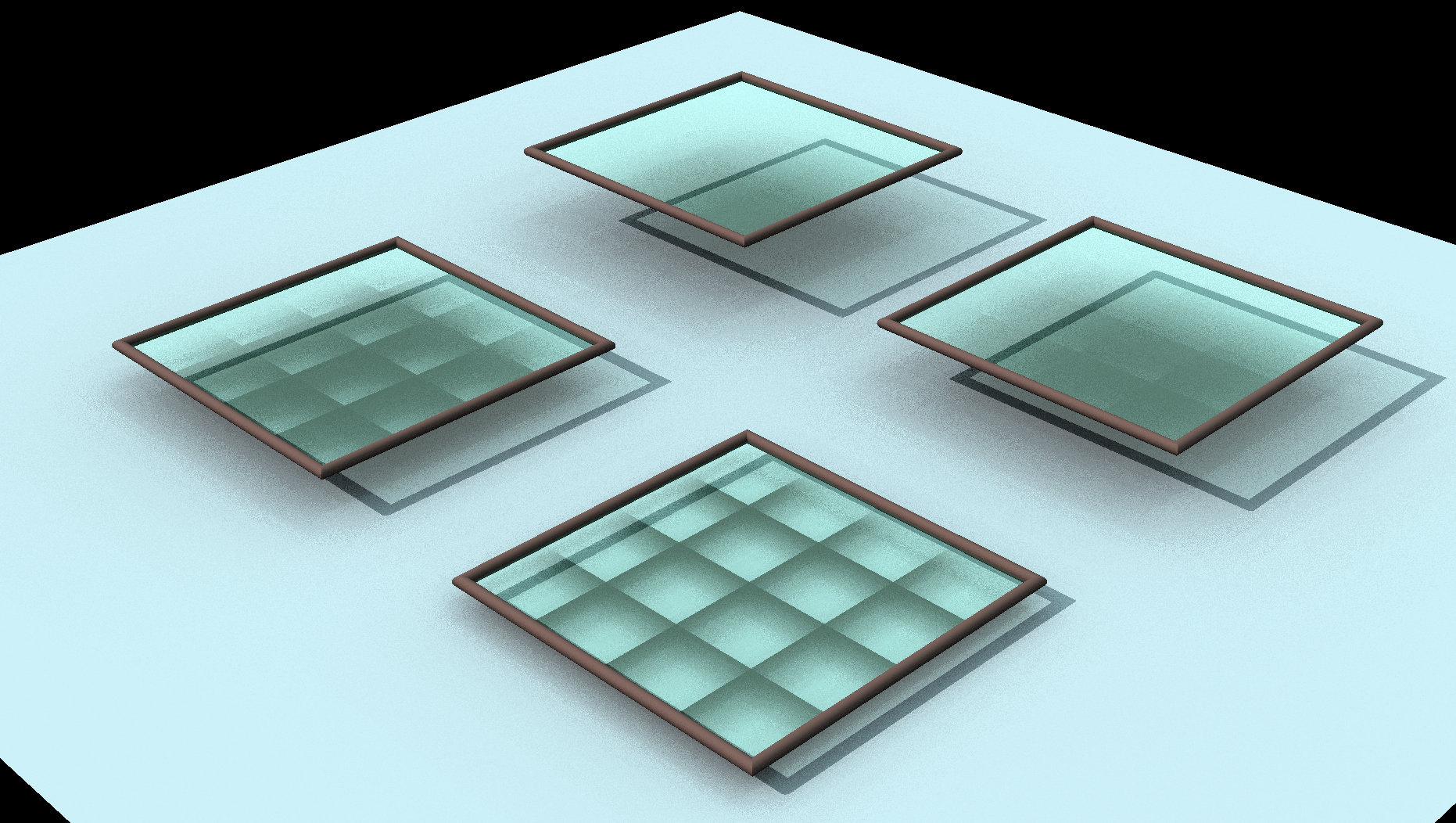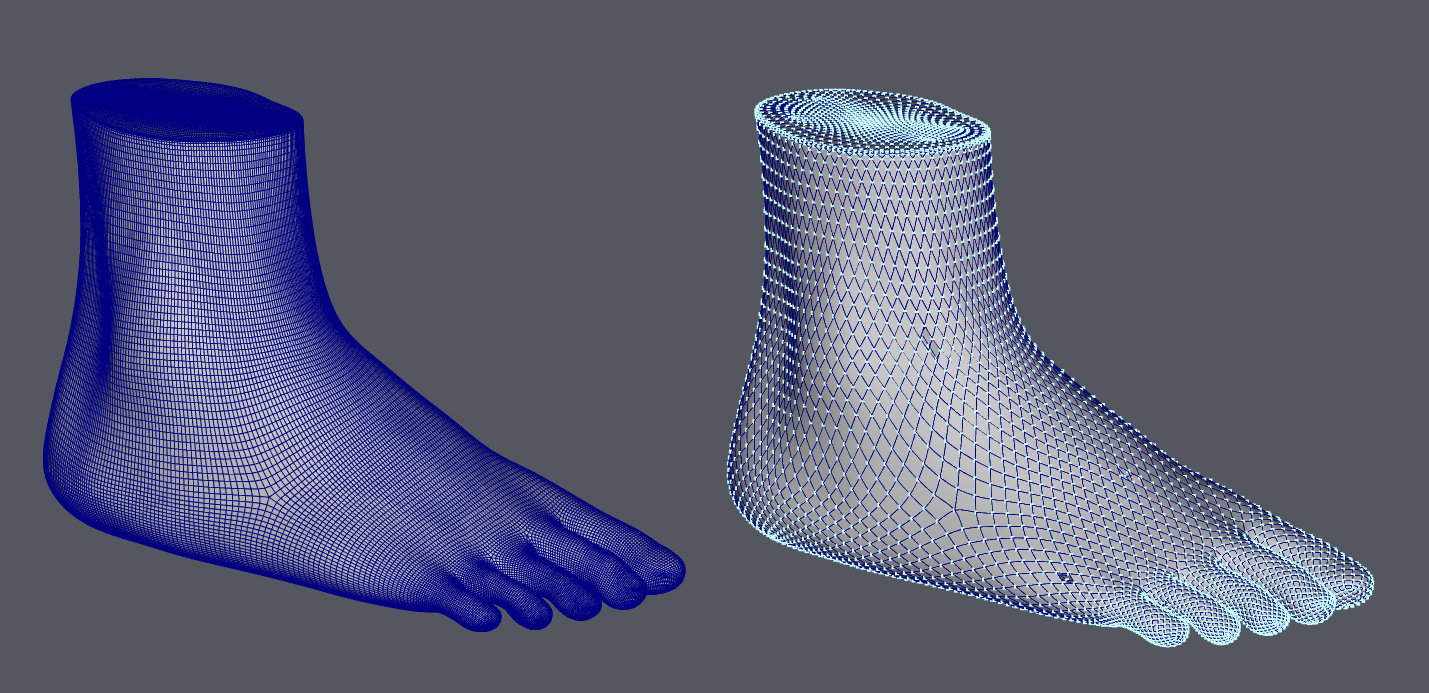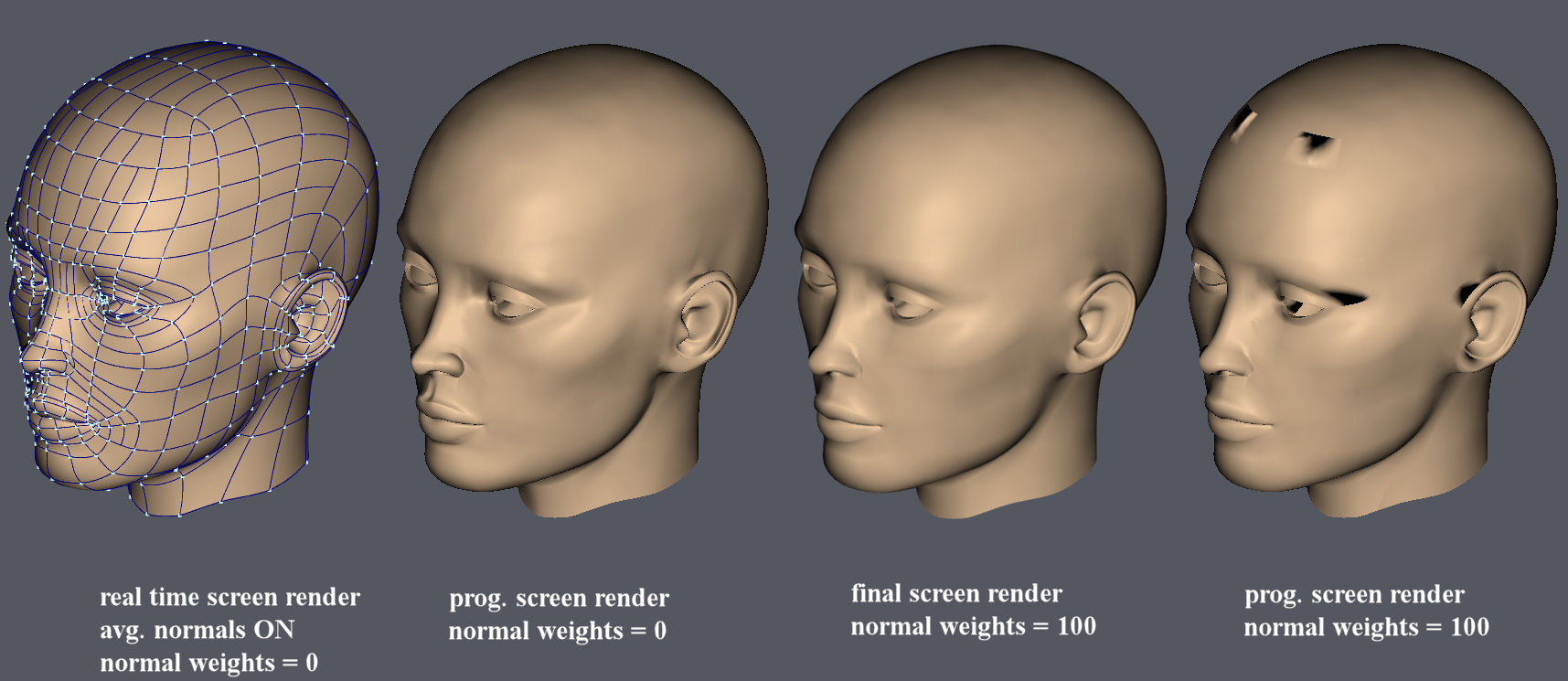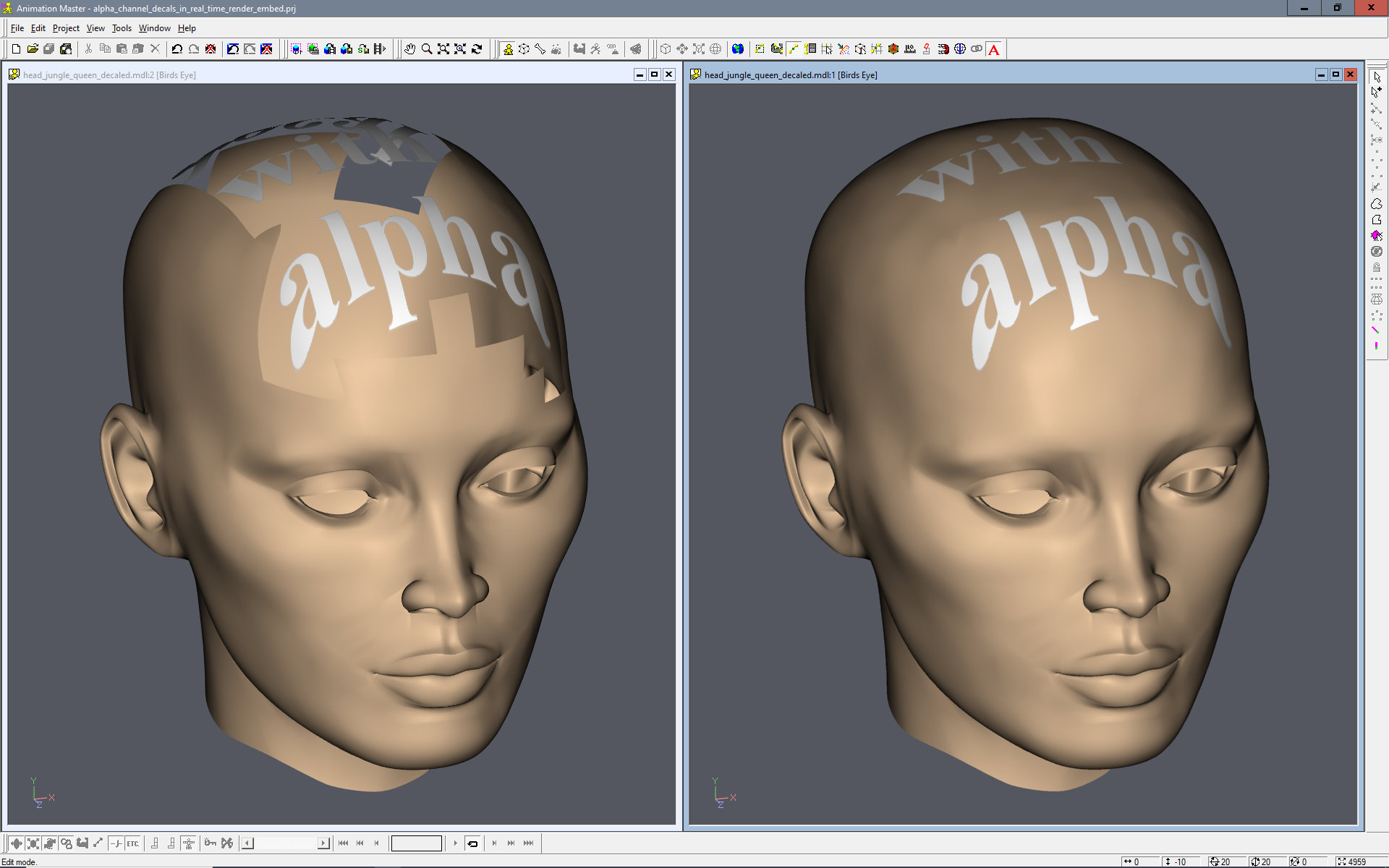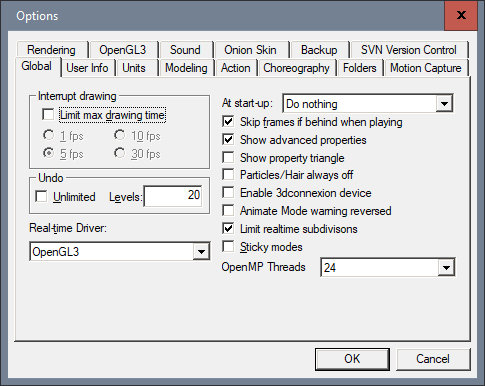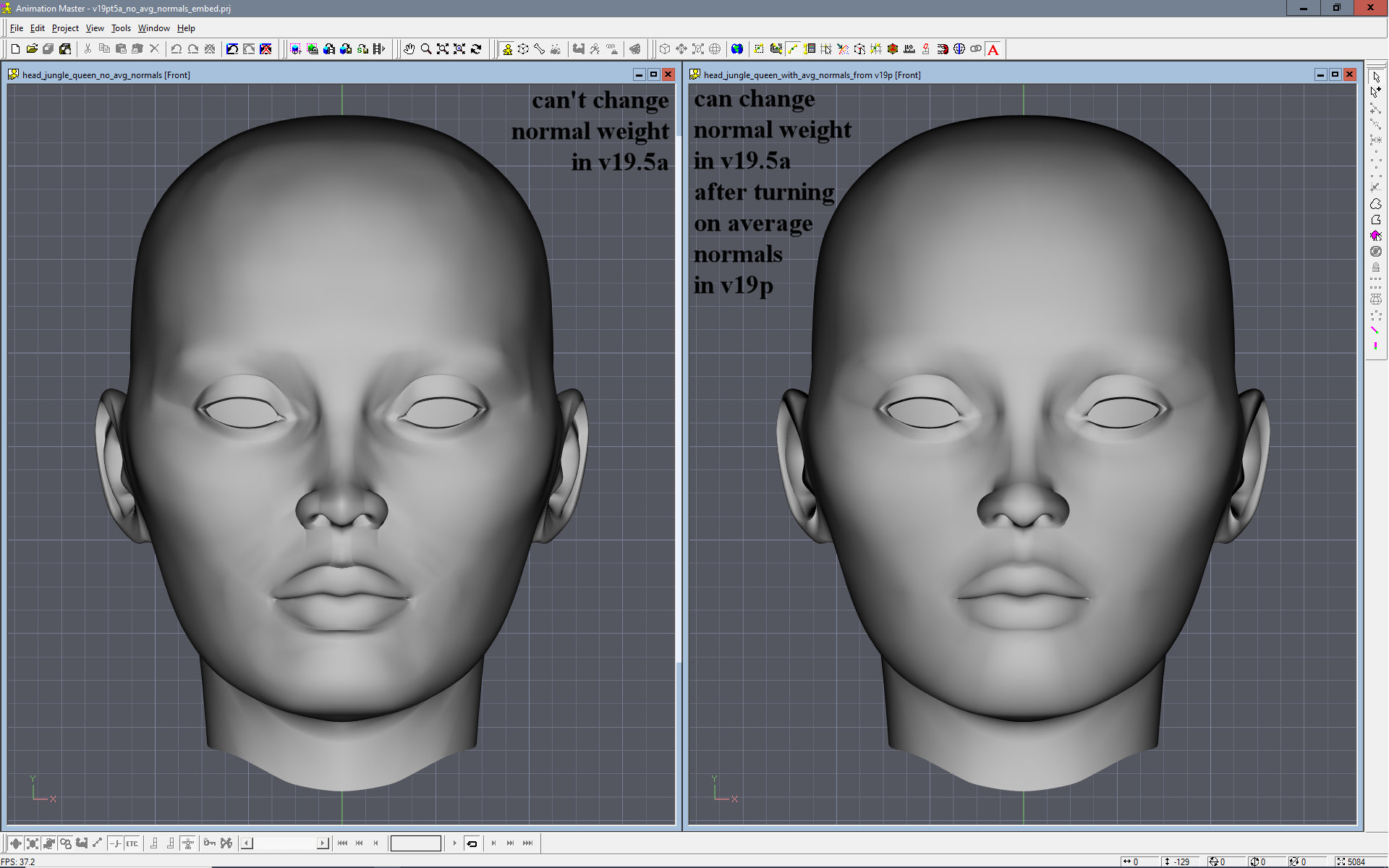-
Posts
176 -
Joined
-
Last visited
-
Days Won
47
R Reynolds last won the day on May 23
R Reynolds had the most liked content!
Profile Information
-
Name
Rodger Reynolds
Previous Fields
-
A:M version
current
-
Hardware Platform
Win 10
-
System Description
Intel i7-2700K@3.4Ghz 16Gb RAM
-
Short Term Goals
same as long term goals
-
Mid Term Goals
same as long term goals
-
Long Term Goals
to try to use A:M every day
-
Self Assessment: Animation Skill
Familiar
-
Self Assessment: Modeling Skill
Advanced
-
Self Assessment: Rigging Skill
Familiar
Recent Profile Visitors
The recent visitors block is disabled and is not being shown to other users.
R Reynolds's Achievements

Journeyman (4/10)
126
Reputation
-
Michael Brennan started following R Reynolds
-
Shelton started following R Reynolds
-
itsjustme started following R Reynolds
-
Yeah, I tried that but that five point patch to the left of your first X (which then extended to your second X) started to do that "hey your stretching the 5 point algorithm too far" thing; acceptable with lots of surface texture, not so much on a cheek. My philosophy was to keep five pointers as small and symmetrical as possible. If the price for that is eight extra patches, so be it.
-
Each eyebrow uses four hand drawn "hair" images. The first is applied as a colour and subtle bump decal on her skin. The other three are used as transparency decals on three separate patch layers, one on top of the next to suggest some thickness. The upper eyelashes use two layers of transparency decals while the lower lashes are only a single layer. The eyelash decals started life as images from on-line stores selling false lashes.
-
R Reynolds started following Inaccurate AO shadows under glass [solved] , My first female head , Subsurface scattering and ambient occlusion not playing well together and 1 other
-
This was the hardest model I've ever attempted. For mechanical models it's relatively easy to find front, side and top reference images, not so much for 1940's movie actresses. Every time I looked at a different 3/4 view of Ann Sheridan with dramatic lighting and did a test render, I found another CP that needed a small relocation or a spline layout that needed a rethink. I can see why 3D scanning of an actor's face is so appealing for a digital replacement. I still don't think the likeness is convincing but I'm sending her to Hair & Makeup anyway! (Maybe I'll say I'm modeling Ann Sheridan's stand-in. 😄 )
-
SSS is not calculated with a progressive screen render. But compare the attached, render to file image with the previous final screen render and they appear to have very similar results. You say that as though there is an SSS buffer that can be rendered separately. I started browsing the SSS sub-forum and found that this has been an issue since at least 2008 and in this https://forums.hash.com/topic/33040-rendering-sss-separately/ thread almost exactly 15 years ago you wrote; So I guess I'll have to be more clever 😄.
-
Shown are three copies of the head of the Jungle Queen. Each head uses single attribute "skin" materials. The leftmost head material has subsurface scattering turned OFF while it's turned ON in the rightmost head. The centre head has subsurf. scat. turned OFF on it's right side while it's turned ON on it's left side. These three models are arranged in a chor that uses a single "sun" style light source and the global color (256, 256, 256) for ambient occlusion. With subsurf. scat. turned off in the camera, all three heads are screen rendered as expected with just sun, just ambient or both illuminating it. When subsurf. scat. is enabled in the camera and the only illumination is the sun, the screen render is as expected. Turning on ambient occlusion in the chor and the screen render is not what I expected. Results are identical in V19.0p and v19.5a. subsurf_scatter_bug_embed.prj
-
Thanks, Gerald. Unfortunately, after updating the drivers I still have the same issue.
-
For a very long time, one of the nice tools in A:M is being able to constrain cp motion along an axis during a rotate; see embedded project. This is a top view of two tubes whose axes are parallel to the Z axis. Open this project in v19p (or any version going back to the last century) and select the central circular 4pt. spline of the green tube. Select the Rotation tool and rotate the tool 45 deg. counterclockwise while holding down the 3 key. The spline rotates but the movement of the cp's are constrained to only move along the Z axis. Open this project in v19.5a and select the central circular 4 pt. spline of the red tube. Select the Rotation tool and rotate the tool 45 deg. counterclockwise while holding down the 3 key. The entire spline moves with no axis constraint, the way it would if you weren't holding down the 3 key. This is also true for the X & Y axis. rotate_along_axis_embed.prj
-
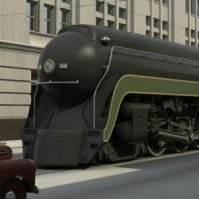
Inaccurate AO shadows under glass [solved]
R Reynolds replied to R Reynolds's topic in Animation:Master
Right you are Robert! Thanks. I'd long forgotten about that option. After turning it on I didn't notice that the render was noticeably longer, so it it stays ON by default. Sorry about the missing images, they were a holdover from my original test for believable female eye-lashes which started this whole thread. -
This issue may not be fixable if it's an unavoidable side effect of how AO works but I'll submit it anyway. Here is a prog. render of the test model illuminated by a sun type light source. The model is a flat grey surface above which hovers four glass windows. Each window model (7 in. x 7 in.; 17.8 x 17.8 cm) is 4x4 patches surrounded by a tubular frame. The greenish glass has a 90% transparency. Each window is floating a different distance above the grey surface ranging from 2 in (5.1 cm) to 1/2 in. (1.3 cm). This is a final render(9 passes) of the model after you turn on AO = 100% with a sky blue global colour. Notice that the ambient light is still being partially blocked by the almost transparent glass and the shadow density increases as the glass gets closer to the surface. If you reduce the transparency of the glass, the density of its ambient shadow increases so clearly AO is sensitive to the surface transparency. But even at 100% transparent the glass still has a noticeable ambient shadow when its very close to another surface. Even stranger is a progressive screen render with AO on. This also happens in v19p. Embedded project is attached. AO_bug_v19pt5a_embed.prj
-

Got a new 3D scanner, models are now much more complex, AM hanging
R Reynolds replied to MAYAman's topic in Animation:Master
I've left a large poly model running for days and could never get beyond 30%. I've had success with installing Blender and reading just enough of the on-line manuals to reduce poly count and in some cases convert triangle polygons to rectangles (or quads in their jargon). The foot on the left is the imported prop and one the right is the .mdl converted from a reduced poly version. I find there's an advantage to having your template model in .mdl format in that I can easily isolate an area and eliminate the "snap to surface" choosing the wrong side. -

v19.5a real time alpha-channel render glitch
R Reynolds replied to R Reynolds's topic in Animation:Master
Use v19.5a to open the attached embedded project of the jungle queen's head which has been decaled with text with an alpha channel. The image on the left shows a real time render of the head. Progressive renders produce the more correct image on the right. alpha_channel_decals_in_real_time_render_embed.prj -
Sorry about that, I forgot to turn on the "show advanced properties" option. This isn't the first time I've done that. ☹️ Is this data stored in a file that can be copied to the v19.5 folder so I get all the v19p options that I've taken for granted?
-
Open the attached project in v19.5a. It has two versions of the same model. On the left in head_jungle_queen_v19pt5a_no_avg_normals.mdl, you can not change the normal weight of averaged normals because there is no "Average Normals" YES/NO switch in v19.5a. You can try changing the value of "Normal Weight" but it has no effect. On the right in head_jungle_queen_with_avg_normals_from v19p.mdl you can change the normal weight of averaged normals because this model was opened first in v19p and the "Average Normals" switch was set to YES. v19pt5a_no_avg_normals_embed.prj












